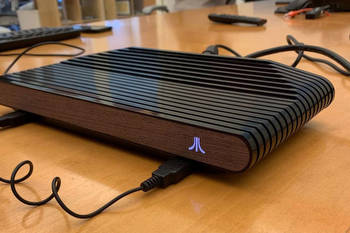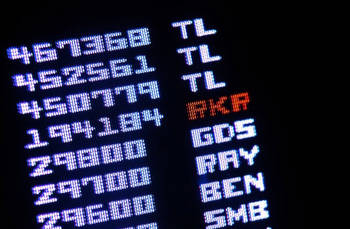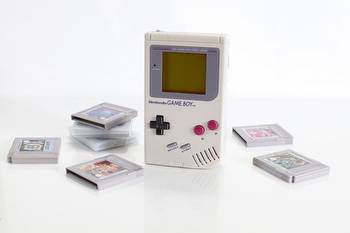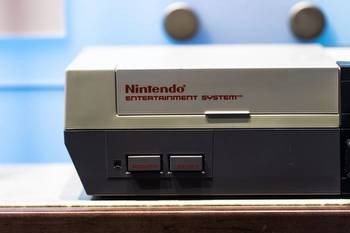The Early History of Console Casino Games
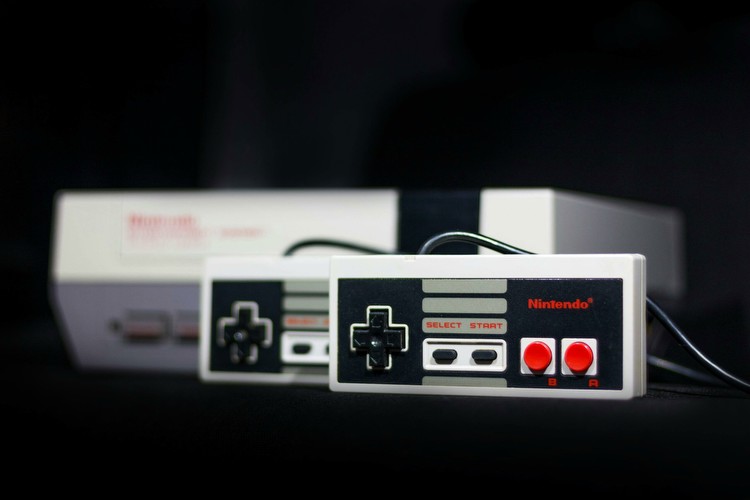
Casino games are a niche area in gaming history. They have often been developed as casual games, often the ones that were in the bargain bin at gaming stores or came bundled with consoles. Their mathematical patterns and lack of a need for high-quality graphics lent them to this. Yet recently, they have become huge and are often vital mini-games within larger titles. Below, we discuss the history of console casino games.
Early Casino Videogames
Today, casino games are a world away from the ones found in homes during the seventies and eighties. With the advent of mobile technology and 4G networks, casino games are more powerful than ever. Even new jurisdictions that had tight regulations regarding gambling are opening up to online casinos, with major providers getting in on the act. For example, you can find games with bonuses at betMGM NJ easily, as physical casinos with big brand names open their own online offerings. Yet it wasn’t always like that.
The first console to arrive for commercial sale was the Magnavox Oddysey. It came with several peripherals that we would find astounding today. These included paper money and dice. This tied it into the theme of casinos, but it functioned more as a pseudo operating system than the actual console the full game would function on.
The first majorly successful console was the Atari 2600, released in 1977. The company had previously been famous for creating arcade games. However, creating a console for use at home could bring popular titles like Pac-Man into the living rooms of people across the country.
The problem was that the Atari 2600 had nowhere near the power arcade machines. Ported games like the aforementioned Pac-Man were nowhere near as good as their arcade counterparts. This led to the creation of games specifically for consoles, and the casual and light-to-process casino games were a perfect fit.
Blackjack was the first of these, released in 1977. It was a simple game, where up to three players had 200 credits to bet on blackjack. The game ended when they ran out of chips or managed to bag another 100 credits. Its success led to a further game in 1979, crafted by the same developer, Bob Whitehead. This was simply titled Casino and featured blackjack, poker, and solitaire. It was played using paddle controllers and supported by up to four players.
The Nintendo Entertainment System
The proliferation of third-party titles on the Atari eventually caused a collapse in the videogame industry. Many people had viewed it as a gold rush of sorts, creating poor-quality games and consoles that outstripped demand. This also destroyed public confidence in console gaming, with many turning to home computers instead.
Nintendo would change this with their Entertainment System. There had been no gaming collapse in Japan, and to get their console into Western markets, they tried everything to distance themselves from the console concept as much as they could. One tactic they used was to ensure all games had a Nintendo seal of approval, and the company kept the gates of what could be published on their consoles tight. That meant casino games were few and far between, and those that were released had to be of a high standard.
One of the most memorable was Casino Kid, which even got a follow-up. It relies heavily on a Japanese anime narrative, where the titular Casino Kid has to battle his way through the casino. This was done by playing blackjack and five-card draw. In the end, he had to face off against the evil Casino King.
When Nintendo introduced its handheld console, the Gameboy casino titles were perfect for it. Easy to produce, they still looked good even with the graphical limitations of the system and its small screen. High-Stakes Gambling was one title on the console that did extremely well.
The Nineties
By the nineties, consoles were back in vogue. The Sega Genesis and Super Nintendo Entertainment System had pushed the envelope of what these games could do. Thus, casino games were able to offer a more in-depth experience. They could often provide multiple games on the same cartridge, with enhanced graphics and added features.
Vegas Dream was a Super Nintendo version of Vegas Stakes. It had one of the most comprehensive experiences up to that point, providing blackjack, poker, roulette, craps, and slots. You could also visit multiple casinos, each with its own theme. It would be one of many in the decade.
By the end of the nineties, consoles had moved on considerably. Sony’s PlayStation console had entered the scene and cartridges had been left by the wayside in favor of compact discs. Casino games continued to be published with more depth and choice than ever before. However, the rise of mobile technology was just around the corner.
Ten years later, Casino games would have the pull they had always lacked and sought to replicate. This was the chance to win real money. While games are still released on consoles today, iGaming has become its field and industry. For those who love casino games, these are the glory years of this type of gaming.










